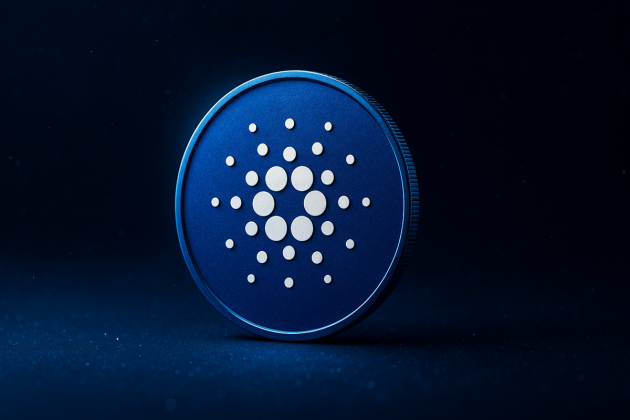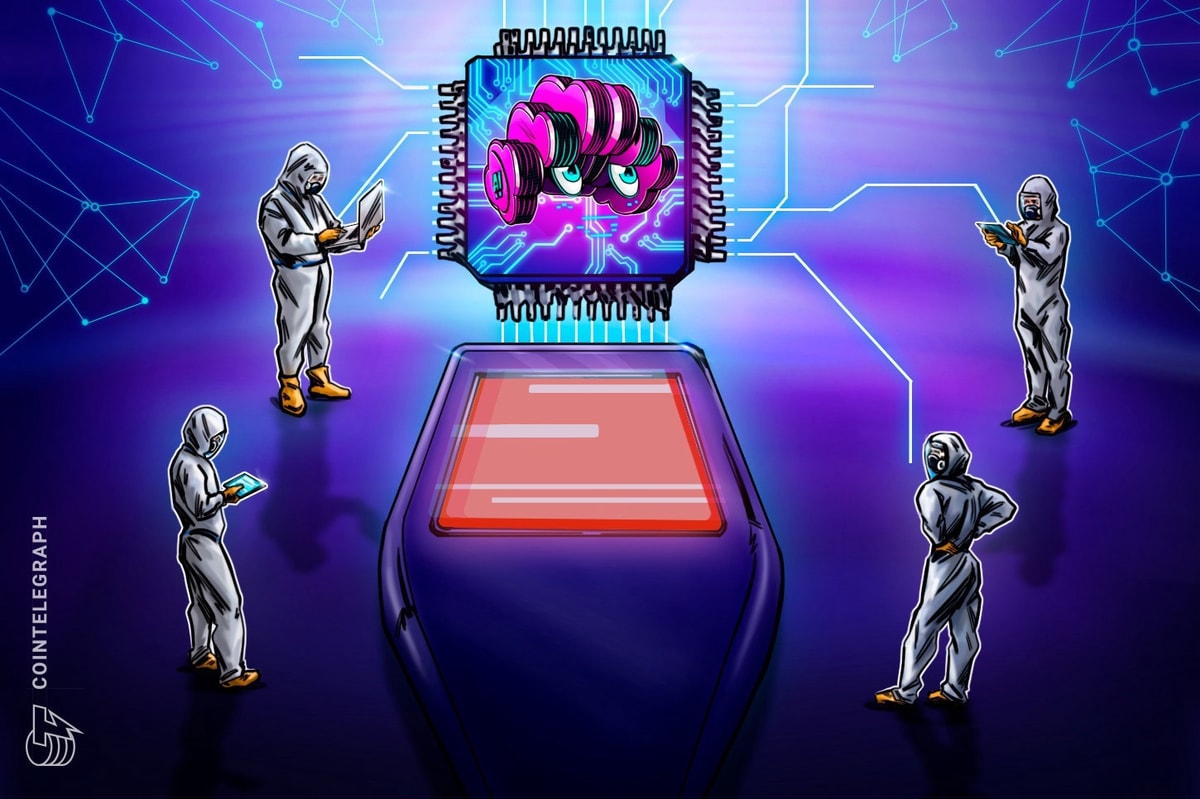The transition from Web2 to Web3 in gaming can significantly advance through Telegram’s The Open Network (TON) integration, creating new opportunities for developers and users. Founded by a team with extensive experience monetizing high-traffic Web2 platforms like WeChat, Web3 gaming initiative Catizen seeks to replicate this success within the Telegram ecosystem.

Catizen CEO David Mak. Source: Catizen
By combining low-barrier, hyper-casual games with the social viral growth facilitated by Telegram’s bots, Catizen aims to explore new possibilities in Web3 gaming. In this interview, Catizen CEO David Mak and Catizen Foundation chairman Tim Wong discuss the advantages of TON, the strategies behind Catizen’s success and the future of Web3 gaming.
Cointelegraph: Why did you pick the TON, and what advantages does it offer compared to other blockchain platforms?
Tim Wong: In 2022, our team was looking at opportunities in the Web3 space where we could leverage our previous Web2 experience in game development and publishing to achieve something bigger.
At that time, we saw the potential of Telegram’s gigantic user base, which has grown to 950 million users. We had many discussions among the co-founders and we had a vision for what Telegram or TON would become. We thought it would be the perfect stage for Web2 to Web3 conversion, and there is clearly a huge opportunity there.
With that in mind, we started with what we are best at, developing and publishing games on TON. That’s the birth of Catizen as we witness today.
TON blockchain has so many benefits. I can talk all day about the TON incentive scheme for users and builders, ease of user access to mini-apps on Telegram, user experience, Telegram's embedded social interaction element combined with TON, the infrastructure, etc.
But fundamentally, I think it all comes down to the one thing that no other blockchain ecosystem could offer to builders: the 950 million users of Telegram that TON is converting. With this user pool, it solves one of the biggest issues that all Web3 builders face and find so hard to overcome: user acquisition. This makes TON the ideal platform for our projects.
CT: What role does Telegram’s vast user base play in achieving broader adoption for Web3, and how does Catizen utilize it?
TW: According to the latest data recorded on TONStat, TON has more than 12.3 million activated wallets — a 1400% increase in just the last year — and a peak of over 5.6 million monthly active wallets over the past six months.
We think massive adoption can occur only when the potential user base is large enough. This has always been a difficult bottleneck for Web3 to overcome. We, leveraging our rich experience in Web2 mini-games, clearly understand how to smartly utilize the unique advantages of the TON and Telegram ecosystems.
By combining in-app blockchain (IAB) and in-app purchase (IAP) models, we have successfully implemented a business model that continuously converts a large user base into a high-quality user group. At Catizen, we have revolutionized the traditional in-app advertising and IAP business model from Web2, transforming it into a combination of IAB and IAP.
Major Web2 companies such as Google and Tencent have invested billions in training users to watch ads to complete tasks for boosts or additional game props. We have advanced this concept by guiding users through onchain interactions, educating Web2 users on how to connect wallets and gradually transitioning them into Web3, leveraging their familiar gaming habits to achieve higher game levels.
Catizen’s revenue health is due to our simplified IAP model. When users engage with Catizen, they have clear objectives — they aim to climb the leaderboard for higher rankings. To achieve this, they need to purchase Fishcoins (in-game currency) to gain more control over their game progression.
Users can explore the functions of earning Fishcoins, learn to connect to the blockchain and gain extra boosts. The process encourages users to explore on their own, and it’s simple enough that the transition from playing to purchasing, from Web2 to Web3, from being a regular player to potentially becoming a CATI holder, only takes about three clicks.
We established this business model from the inception of Catizen because we recognized that changing business models and user expectations mid-course is challenging. Unlike many mini-apps that follow the meme-way and lack a sustainable business model post-token generation event, Catizen aims to educate users and familiarize them with Web3. This is evident in our conversion data. Our high-quality user base with our strong attention economy business model positions us well for future growth.
Catizen’s unique approach and deep foresight in building a robust ecosystem, rather than just another clicker game, set us apart. Our IAP and IAB models are the result of in-depth research and seamless integration into our product, and we’re pleased that our community has recognized the value of our assumptions and practices.
CT: In-game revenue for Catizen has reached $16 million, showcasing the potential of the Web2 long-tail market. How do you see this evolving, and what are your plans for further monetizing this market segment?
David Mak: The lifecycle of mini-games is often very short, whether in Web2 or Web3. However, the difference lies in the fact that Web3 mini-game platforms might start airdropping, similar to Web2 initial public offerings, due to a wave of popularity. This further accelerates the lifecycle of a project. Previously, Notcoin’s CEO Sasha mentioned in an interview that the sustainability of most clickers is questionable. Therefore, Catizen is not just a mini-game; we aim to be a mini-game platform.
The publishing platform behind Catizen, Pluto Studio, recently announced its financing information. All investors (TOP, HashKey, Folius Ventures, Binance Labs) will be allocated a certain proportion of the Catizen team’s tokens. Without affecting our airdrop economic model, they have chosen to invest in the long-term value of Catizen. This type of investment is rare in Web3; even with a certain lock-up mechanism, most investors do not fully align with the team’s interests. Pluto’s investors stand with the team, move forward and develop the future together.

Source: Binance
Our development path supports a long-term economic cycle, and highly professional institutions have recognized this logic. We have signed agreements with over 18 mini-games, which will enter the Catizen ecosystem and form a mini-game matrix centered around Catizen.
Many of these games already have mature business models and a large user base in Web2. Our task is to combine these existing models with TON’s characteristics to continuously and stably convert high-quality users, thus expanding our high-quality user community.
In addition to several popular games already confirmed, we have also opened up our game engine and software development kit. This will allow all mini-games that want to join the TON ecosystem to integrate, continuously expanding our mini-game matrix, and we expect to integrate over 100 mini-games this year.
Our community will continue to benefit in several ways, particularly for CATI holders who will receive a range of incentives. These benefits include open task rewards, where CATI holders will be able to earn tokens or stablecoins from other projects by completing tasks.
Additionally, a portion of the revenue generated from the mini-game center will be allocated for token buybacks, helping to maintain the stability of the CATI token’s value. Furthermore, once mini-games gain community recognition, they will be added to the Catizen Launchpool, allowing all CATI holders to participate by staking their tokens to earn additional tokens from other popular games.
Through these initiatives, we aim to create a robust and rewarding ecosystem for our CATI holders, driving growth and engagement within the community.
CT: You have recently launched a charity project with the slogan, “Catizen vibe, heal the world.” Can you elaborate on the details, and what do you plan to achieve with this project?
TW: Yes, everyone on the Catizen team loves cats, and we hope to create a space for cats in the crypto world. Today, we can proudly say that we are one of the largest cat-loving communities in the crypto space. In the past, we have organized many community activities around CatizenVibe and HealTheWorld.
For example, we donate 1% of our profits to PETA through The Giving Block and have launched community campaigns urging everyone to help stray cats around them. These activities have received positive feedback. Our CatizenVibe campaign, for instance, received over 150,000 submissions sharing stories of stray cats on Telegram and Twitter.
In the future, Catizen will continue to donate its revenue to nonprofit organizations for stray cat rescue. It’s important to note that we are not using our users’ money irresponsibly. Instead, cat-loving players can enjoy playing Catizen, receive airdrops and help rescue a stray cat simultaneously!
Disclaimer. Cointelegraph does not endorse any content or product on this page. While we aim at providing you with all important information that we could obtain in this sponsored article, readers should do their own research before taking any actions related to the company and carry full responsibility for their decisions, nor can this article be considered as investment advice.












